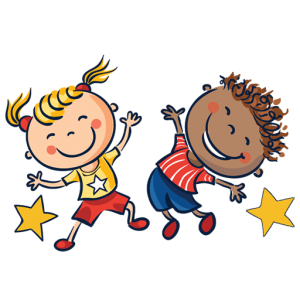© 2024 Stretch-n-Grow International. All rights reserved.
- 800.348.0166
- info@stretch-n-grow.com
- Privacy Policy
Kids’ brains are wonderfully elastic, meaning they learn, absorb, and incorporate the world around them easily. Experts studying child development have learned the first five years are crucial for cognitive – brain – development. It is an excellent time to start forming lifelong skills that can give them unique experiences, opportunities, and create building blocks for further abilities later in their education. Not only should they start learning their letters and numbers, many doctors and scientists have conducted studies that show these years are the best time to start exposing them to foreign languages. It can be hard to do because there are so many factors: what if I never learned another language? What if my kid doesn’t like the language I have them learning? Where would I even find the resources?
Everyone is different and will learn at their own pace, but these ways of introducing new languages to the family can expand horizons and are a unique way of spending time together. Have fun with it! Maybe learn one song to sing in multiple languages. Help your kids write a short story using their new vocabulary words. Explore the world together as a family from the comfort of your own home!

Learn more about joining the Stretch-n-Grow Family here, find a class for your child here, or email us at info@Stretch-n-Grow.com!